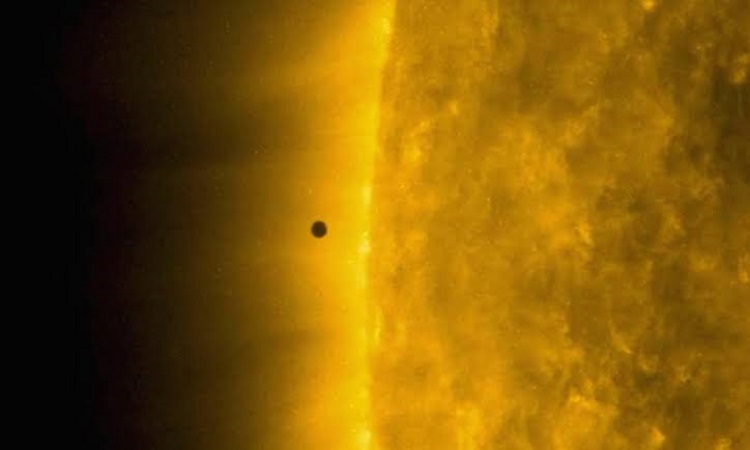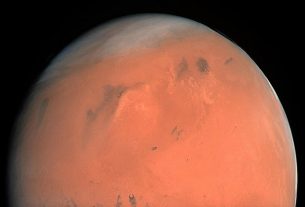This Monday, many amateur and professional astronomers celebrated the transit of Mercury, a rare phenomenon that will not happen again until 2032. Here are some of the most beautiful images of the event.
A few hours ago, Mercury crossed the solar disk. His appearance was very discreet. Indeed, remember that the diameter of the planet is 195 times smaller than that of the Sun. In metropolitan France, the event took place between 13:35 and 19:04, but was visible from a large part of the world. Some then took the opportunity to release their telescope equipped with sunscreens, sharing their most beautiful shots.
First of all these images captured by the Solar Dynamics Observatory, a solar observatory developed by NASA, orbiting at about 36,000 km altitude.
Just a few more minutes in today's #MercuryTransit! Watch Mercury complete its journey across the Sun through the eyes of our Solar Dynamics Observatory satellite ➡️ https://t.co/5OFdcyOFJ8. SDO keeps a constant eye on the Sun, so it has a prime view for transits like this! 🛰☀️ pic.twitter.com/QuCxZL6u1X
— NASA Sun & Space (@NASASun) November 11, 2019
In this photograph, Mercury stands just above the silhouette of the Washington Monument.
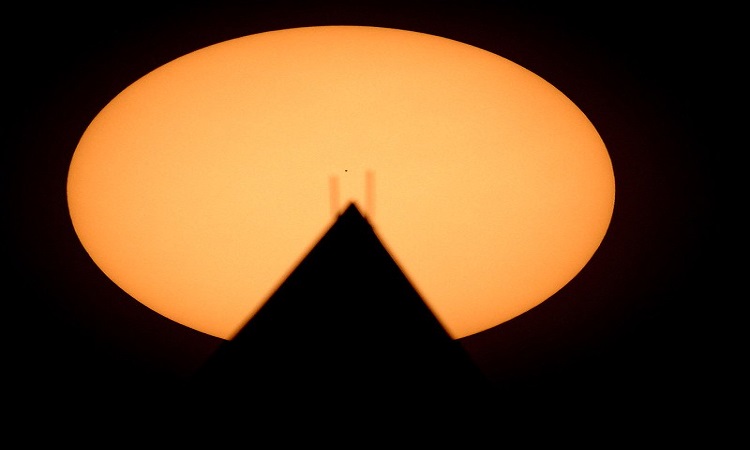
Mercury, here surrounded, captured by an amateur telescope equipped with a green solar filter.
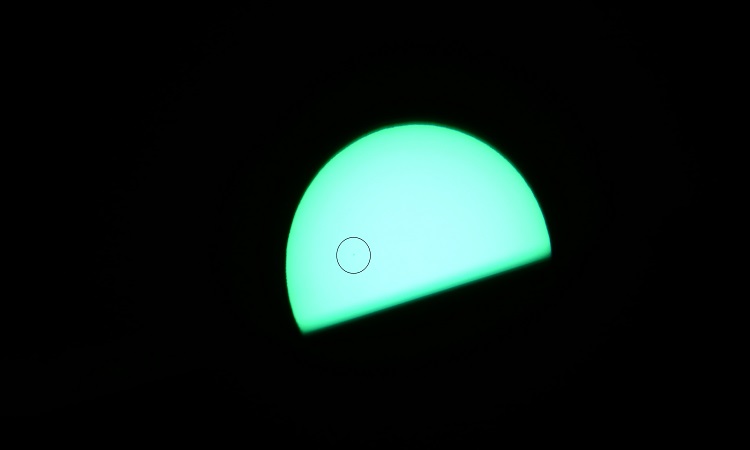
Two more photos, also captured by amateur astronomers from California.
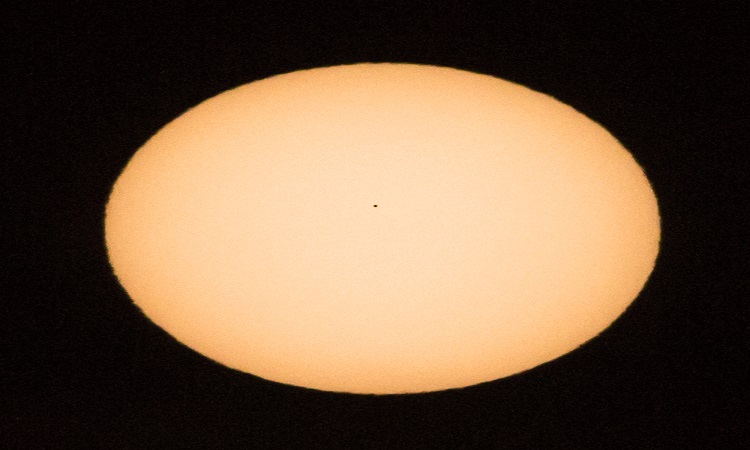
Some even teased their cat, broadcasting on their television the video stream of the live event.
My kitten Shelby seemed to enjoy the #MercuryTransit pic.twitter.com/6c0WsPEgsZ
— Catswhisker (@alexanderwrob) November 11, 2019
Coming soon
Recall that Mercury – the smallest planet in the solar system – should soon be visited by a human emissary: the BepiColombo probe. Launched last year, it should arrive there in 2025. Once in orbit, two instruments should then separate to study each side of the planet. The data collected will help to better understand its composition, training and evolution.
Because Mercury is intriguing. Indeed, we already knew, thanks to the mission MESSENGER, that water remains at the bottom of some big craters of the planet. On the basis of these data, it was estimated that Mercury could contain from one hundred billion to one trillion tons of water ice at both poles, and that this ice could reach up to twenty meters deep.
But new analyzes of the data collected by the spacecraft recently suggested that the planet could contain even more ice than was thought, stuck in the smaller craters. The passage of BepiColombo around in the coming years could then allow us to make a more precise estimate of these natural resources.

